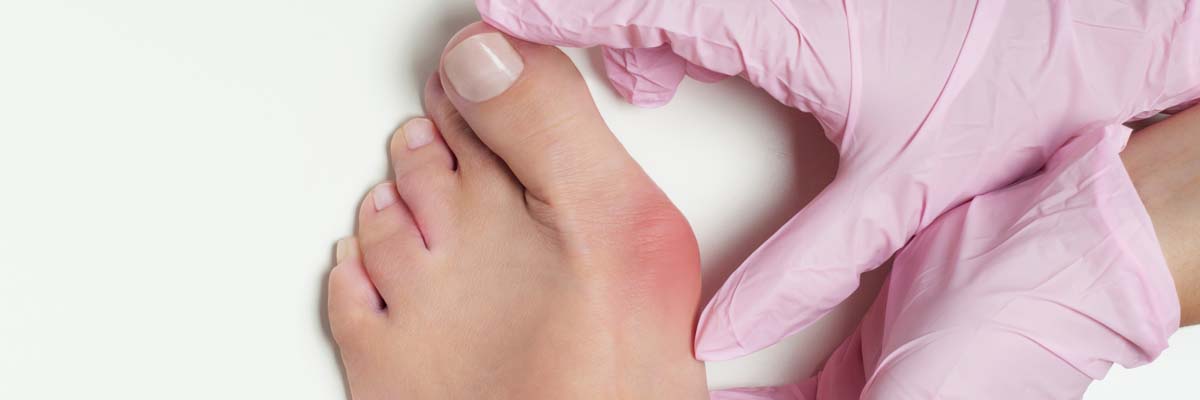Deformity Correction

At our center, we offer a comprehensive range of services aimed at correcting deformities and improving overall function and aesthetics. Our team consists of highly skilled orthopedic surgeons, plastic surgeons, and rehabilitation specialists who work collaboratively to develop customized treatment plans tailored to each patient’s unique needs.
We are proud to be at the forefront of deformity correction, constantly staying abreast of the latest research, technologies, and techniques. Our commitment to excellence, combined with our passion for helping individuals regain function and confidence, sets us apart as leaders in the field.
Some key areas we specialize in
Congenital Deformities
We have extensive experience in treating congenital deformities, such as clubfoot, limb length discrepancy, hip dysplasia, and hand deformities. Our approach focuses on early intervention, utilizing both non-surgical and surgical techniques to achieve optimal outcomes.
Acquired Deformities
Whether due to injury, disease, or previous surgical interventions, acquired deformities can significantly impact an individual’s quality of life. We specialize in addressing acquired deformities of the limbs, spine, and joints, employing advanced techniques such as osteotomy, limb lengthening, and joint reconstruction.
Post-Traumatic Deformities
Traumatic injuries can result in deformities that affect both function and appearance. Our team is skilled in managing post-traumatic deformities, including fractures, malunions, and nonunions. We employ state-of-the-art surgical techniques and utilize cutting-edge technologies like computer-assisted navigation to achieve accurate and precise corrections.
Limb Lengthening and Reconstruction
We offer specialized expertise in limb lengthening and limb reconstruction procedures. Using both external fixation devices and internal devices, we can correct limb length discrepancies and deformities, enhancing symmetry and function.
